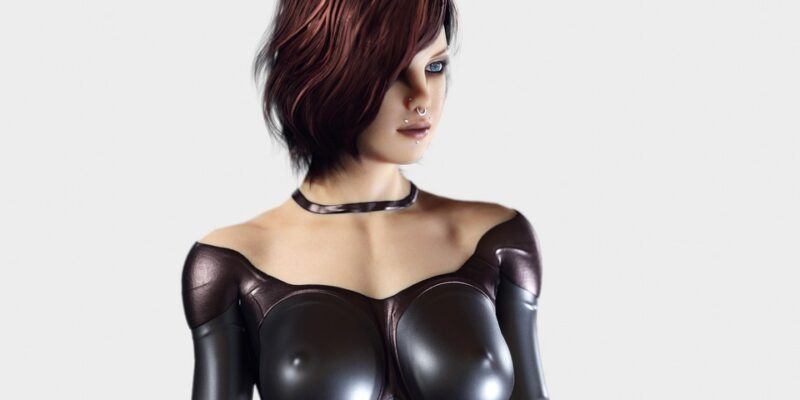Creating Memorable Characters: Tips for Successful 3D Character Design
When it comes to creating successful 3D characters, it’s important to focus on more than just their appearance. Memorable characters are those that have depth, personality, and unique characteristics that make them stand out in the minds of viewers. Here are some tips for creating memorable 3D characters that will resonate with your audience:
1. Define your character’s backstory and motivations
Before you start designing your character, take some time to think about who they are, where they come from, and what drives them. Developing a detailed backstory for your character will help you create a more realistic and believable persona. Consider their past experiences, relationships, and goals, and how these factors have shaped their personality. By understanding your character’s motivations, you can better convey their emotions and reactions in your 3D design.
2. Pay attention to body language and facial expressions
Incorporating body language and facial expressions into your character design can greatly enhance their personality and help them come to life on screen. Consider how your character moves, gestures, and reacts to different situations. Body language can convey emotions and attitudes that words alone cannot, so be sure to give your character realistic and expressive movements. Facial expressions are also crucial for conveying emotions, so pay attention to details like eye movements, eyebrow raises, and smiles to bring your character to life.
3. Give your character unique quirks and traits
To make your character memorable, consider giving them unique quirks, traits, or habits that set them apart from other characters. These quirks could be physical traits, like a distinctive hairstyle or clothing style, or personality traits, like a quirky sense of humor or a specific phobia. These quirks can make your character more relatable and interesting to viewers, and help them stand out in a crowded field of 3D characters.
4. Consider the setting and context of your character
When designing your character, think about the setting and context in which they will appear. Consider how their appearance, personality, and backstory fit into the world you are creating. Is your character a hero or a villain? Are they a futuristic robot or a historical figure? Tailoring your character design to fit the setting and context of your story will help ensure that they are believable and engaging to your audience.
5. Use color, lighting, and texture to enhance your character design
Color, lighting, and texture can have a significant impact on the overall look and feel of your character. Consider using bold colors to make your character stand out, or subtle shades to convey a more subdued personality. Lighting can also be used to enhance your character’s appearance, casting shadows and highlights to create depth and dimension. Textures can add realism and detail to your character, making them more visually interesting and engaging.
6. Test your character with focus groups and feedback
Once you have created your character, it’s important to test them with focus groups and gather feedback from your target audience. This feedback can help you identify any weaknesses or areas for improvement in your character design. Pay attention to how viewers react to your character, and use this feedback to make adjustments and refinements to your design. By testing your character with focus groups, you can ensure that they resonate with your audience and make a lasting impression.
7. Iterate and refine your character design
Creating a memorable 3D character is a process that often involves several rounds of iteration and refinement. Don’t be afraid to make changes to your character design based on feedback and testing results. By iterating on your design, you can make improvements and enhancements that will make your character more compelling and engaging to viewers. Be open to feedback and willing to make changes to your character design in order to create the best possible result.
In conclusion
Creating memorable 3D characters requires a combination of creativity, attention to detail, and an understanding of human psychology. By defining your character’s backstory and motivations, incorporating body language and facial expressions, giving them unique quirks and traits, considering the setting and context of your character, using color, lighting, and texture to enhance your design, testing your character with focus groups and feedback, and iterating and refining your design, you can create characters that resonate with your audience and leave a lasting impression. Follow these tips for successful 3D character design, and you’ll be on your way to creating memorable characters that captivate and inspire viewers.
